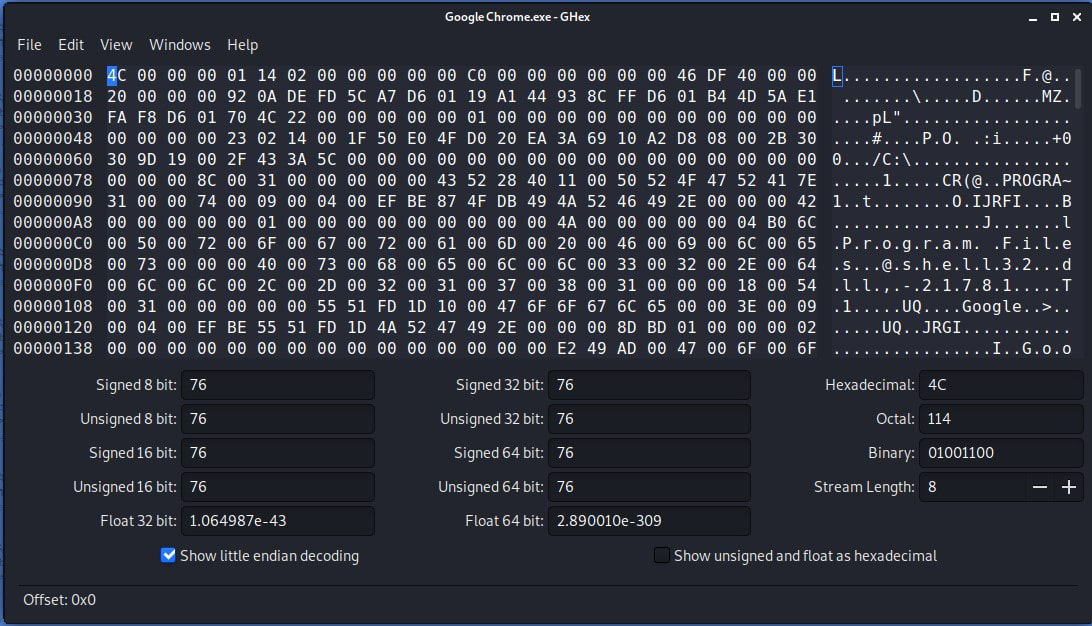

So we will read it by choosing appropriate values of column names as well as the column values. The binary file created above stores all the data as continuous bytes. # Close the file for writing so that it can be read by other program. WriteBin(c(new.mtcars$cyl,new.mtcars$am,new.mtcars$gear), write.filename) # Write the records in each of the column to the file. WriteBin(colnames(new.mtcars), write.filename) # Write the column names of the data frame to the connection object. Write.filename = file("/web/com/binmtcars.dat", "wb") # Create a connection object to write the binary file using mode "wb".

New.mtcars <- read.table("mtcars.csv",sep = ",",header = TRUE,nrows = 5) # Store 5 records from the csv file as a new data frame.

Write.table(mtcars, file = "mtcars.csv",row.names = FALSE, na = "", # Read the "mtcars" data frame as a csv file and store only the columns We read the data frame "mtcars" as a csv file and then write it as a binary file to the OS. Next we read this binary file created into R. First we create a csv file from it and convert it to a binary file and store it as a OS file. N is the number of bytes to read from the binary file. What is the mode like character, integer etc. Object is the binary file which to be written. Syntaxįollowing is the description of the parameters used −Ĭon is the connection object to read or write the binary file. R has two functions WriteBin() and readBin() to create and read binary files. Also R is required to create binary files which can be shared with other programs. Sometimes, the data generated by other programs are required to be processed by R as a binary file. The line break we see in a text file is a character joining first line to the next. And finally a binary file is a continuous sequence of bytes. Which indicates that, besides the human readable text, there is a lot more information like formatting of characters and page numbers etc., which are also stored along with alphanumeric characters. For example, the binary file of a Microsoft Word program can be read to a human readable form only by the Word program. The binary file has to be read by specific programs to be useable. Attempting to read a binary file using any text editor will show characters like Ø and ð. They are not human readable as the bytes in it translate to characters and symbols which contain many other non-printable characters. A binary file is a file that contains information stored only in form of bits and bytes.(0’s and 1’s).


 0 kommentar(er)
0 kommentar(er)
